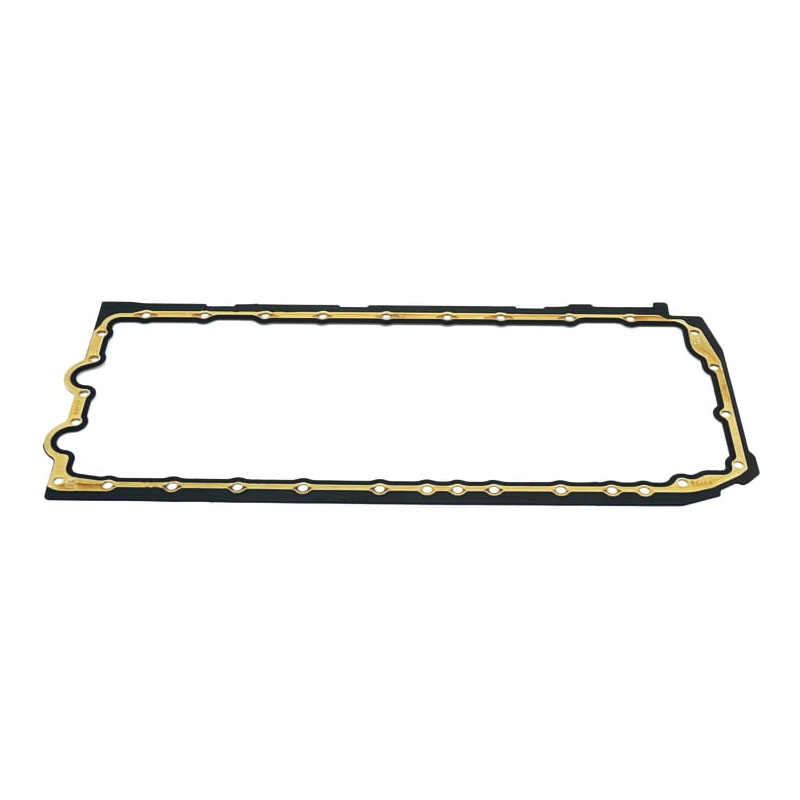Understanding the Importance of Gearbox Drive Shaft Oil Seals for Vehicle Performance and Longevity
Understanding the Importance of Gearbox Drive Shaft Oil Seals
Oil seals play a critical role in the functioning of various automotive components, particularly in the gearbox system where they help maintain the integrity and efficiency of the transmission. Among various types of seals, the gearbox drive shaft oil seal is specifically designed to prevent oil leaks from the gearbox as well as to keep dirt and contaminants out of the system. This article delves into the importance, functionality, and maintenance of gearbox drive shaft oil seals.
Functionality of Gearbox Drive Shaft Oil Seals
The primary function of a gearbox drive shaft oil seal is to retain the lubricant within the gearbox housing. Lubrication is essential for the smooth operation of the gearbox, reducing friction between the moving gears. Without an effective oil seal, the lubricant can easily leak out, leading to increased wear and tear on the gearbox components. This can eventually result in gearbox failure, which is often a costly repair or replacement.
In addition to maintaining fluid levels, these seals are crucial for preventing the ingress of external contaminants such as dirt, water, and debris. In an automotive environment, exposure to such elements can severely impair the performance of the gearbox. The oil seal acts as a barrier, ensuring that the internal components remain clean and well-lubricated, thereby promoting longevity and reliability.
Types of Gearbox Drive Shaft Oil Seals
There are various types of oil seals available, and the choice largely depends on the specific gearbox design and the type of fluid being used
. The most common types include1. Single Lip Seals These are the most basic type and are designed to retain oil or lubricant while keeping dirt and debris out.
gearbox drive shaft oil seal

2. Double Lip Seals These provide an additional layer of protection with two lips, offering better sealing capabilities, especially in harsh environments.
3. Spring-loaded Seals These seals come with a spring that applies pressure to the sealing lip, ensuring a tighter seal against the drive shaft. They are ideal for high-speed applications.
Maintenance and Replacement
Regular inspection and maintenance of oil seals are necessary to prevent potential issues. Signs that the gearbox drive shaft oil seal may need replacement include visible fluid leaks, an increase in gearbox temperature, or unusual noises coming from the transmission. If any of these symptoms are observed, it is advisable to consult a professional mechanic to evaluate the condition of the seal and other gearbox components.
Replacing a faulty oil seal is not overly complicated but requires attention to detail. Typically, the process involves draining the gearbox fluid, removing any components obstructing access to the seal, and then carefully extracting the old seal. Once the new seal is properly positioned, it is crucial to reassemble the gearbox accurately and refill it with the appropriate lubricant to ensure optimal performance.
Conclusion
Gearbox drive shaft oil seals are essential components that contribute significantly to the overall health and efficiency of automotive transmissions. Their primary role in preventing oil leaks and keeping contaminants at bay can save vehicle owners from costly repairs and ensure the longevity of their gearboxes. By understanding the functionality of these seals and maintaining them properly, drivers can enhance the performance and reliability of their vehicles’ transmission systems. Regular checks and timely replacements are key to keeping the gearbox in top condition, allowing for smoother rides and fewer unexpected breakdowns.
-
Understanding the Front Main Engine Seal: Purpose, Maintenance, and Installation
News Jul.29,2025
-
Understanding O-Rings and Seal Rings: Types, Applications, and Custom Solutions
News Jul.29,2025
-
Understanding Crankshaft Oil Seals: Rear Seals, Pulley Seals, and Their Role in Engine Integrity
News Jul.29,2025
-
The Importance of Front and Rear Crankshaft Seals in Engine Performance and Oil Management
News Jul.29,2025
-
Crank Oil Seals: Functions, Types, and Cost Considerations in Engine Maintenance
News Jul.29,2025
-
A Comprehensive Guide to O-Rings and Seals: Types, Materials, and Global Applications
News Jul.29,2025
-
Mastering Diesel and Performance Engine Maintenance: A Guide to Critical Oil Gaskets
News Jul.28,2025
Products categories















